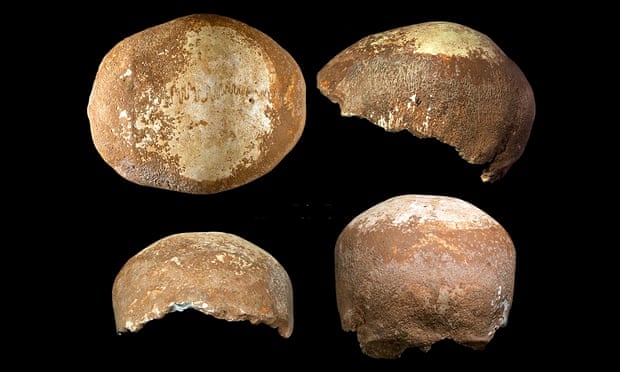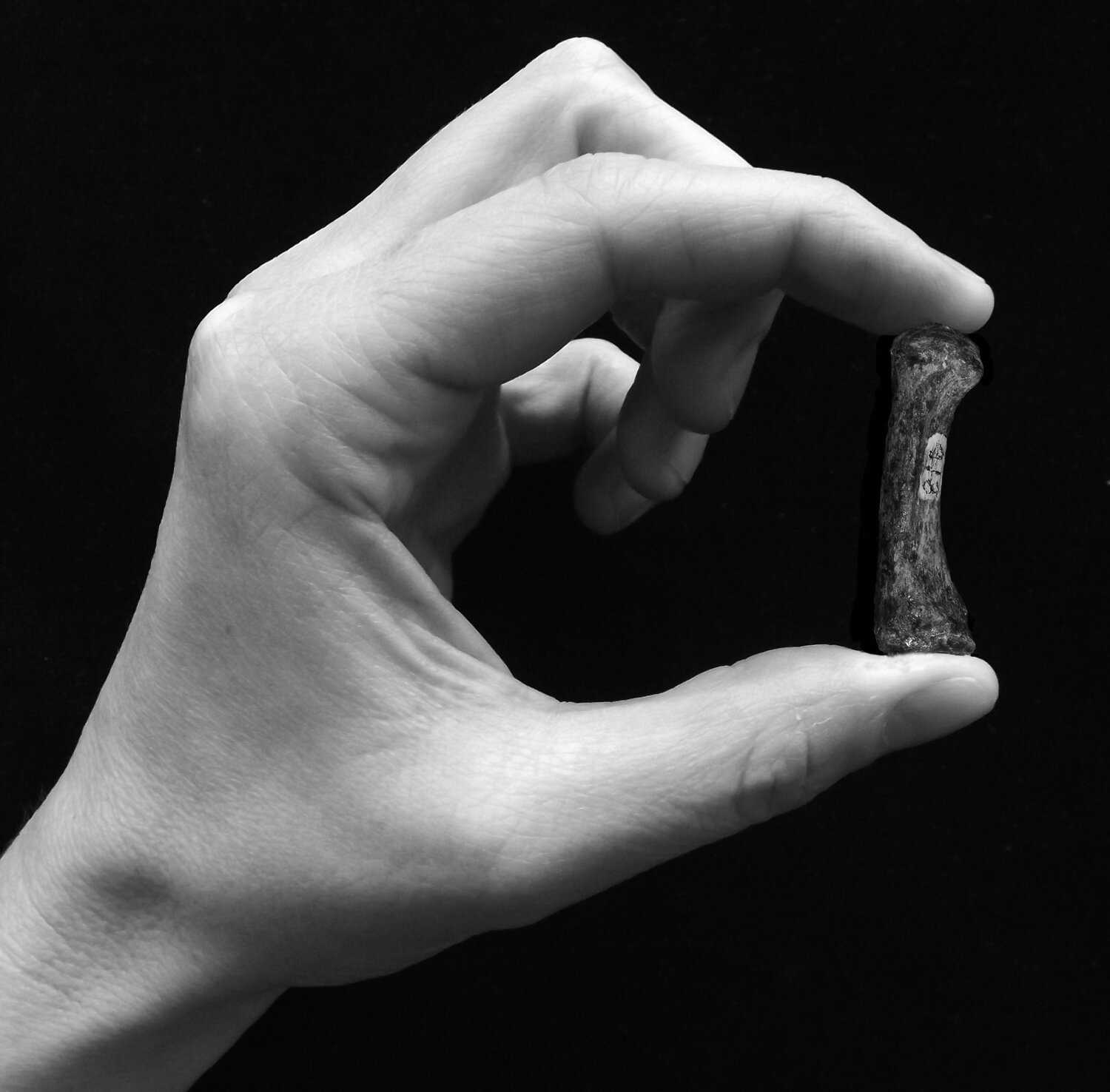Interior of the Manot Cave in Israel's Galilee, where a 55,000-year-old skull sheds new light on human migration patterns.
The discovery of a 55,000-year-old partial skull in Northern Israel provides new insights into the migration of modern humans out of Africa. The rare find is reported in the journal Nature this week by an international team of Israeli, North American and European researchers.
A key event in human evolution was the expansion of modern humans of African origin across Eurasia, replacing all other forms of hominin (humans and their predecessors), around 40,000-60,000 years ago. However, due to the scarcity of human fossils from this period, these ancestors of all present-day non-African modern populations have largely remained a mystery.
Now, researchers describe a partial skull that dates to around 55,000, which was found at Manot Cave in Israel's Western Galilee.
Read the rest of this article...








